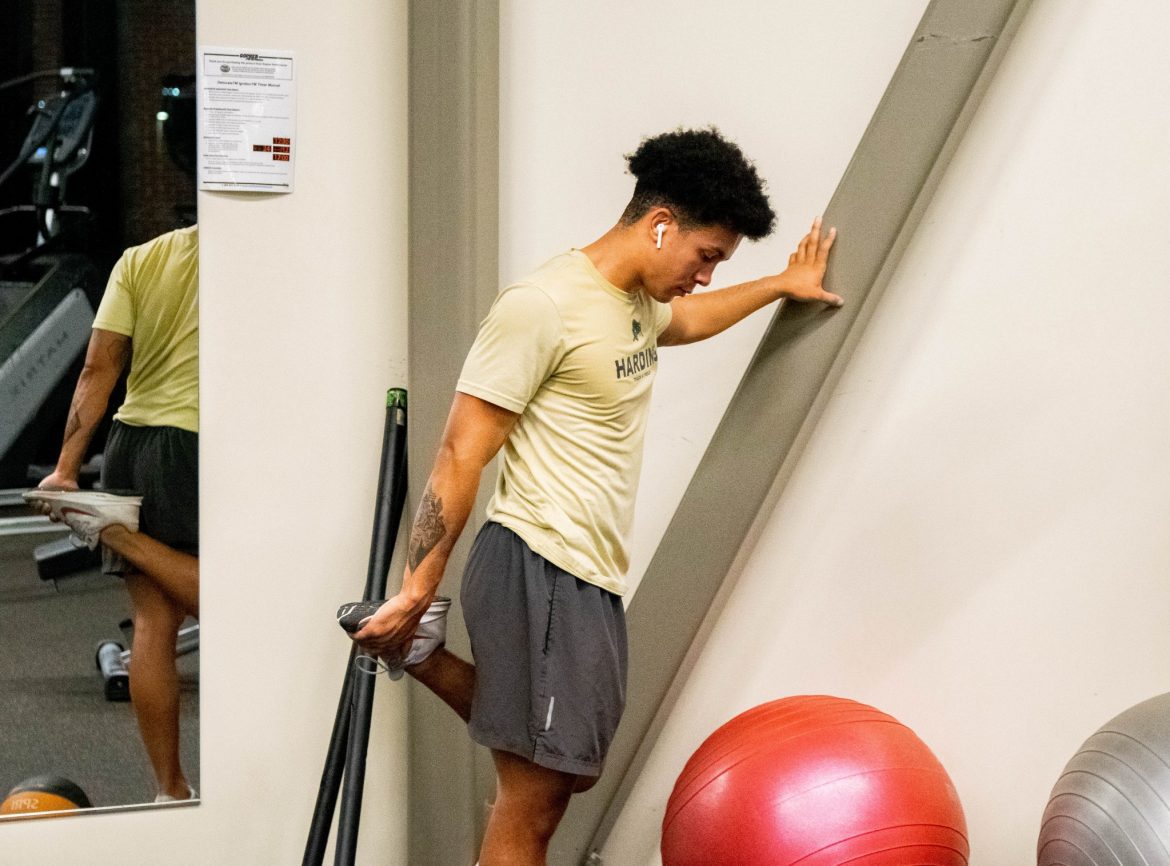This month, the Center for Disease Control and Prevention (CDC) released data on the physical inactivity of adults. The data concluded 32.5% of adults in Arkansas are physically inactive. This left the state with the second highest rate of inactivity, with Mississippi slightly higher with 33.0%.
Dr. Justin Bland, assistant professor of exercise and sport sciences, said he was sadly not surprised by the findings that Arkansas had such a high self-report of physical inactivity.
“Exercise is a rich person’s game, if you will,” Bland said. “Take a look at other low [socio-economic status] areas, not just in the States, but everywhere … so that doesn’t surprise me. Exercise is a really big deal, but we need to address what’s bigger. It’s a symptom of something more wrong.”
According to the U.S. Census, 17.2% of Arkansans lived in poverty in 2014-2018. Bland said he believes there is a connection between poverty rates and physical inactivity.
In a survey comprised of 225 Harding students, faculty and staff members, 9.8% reported being physically inactive, a significantly lower percentage than that of Arkansas. Respondents were classified as physically inactive if they answered “no” to the following question: “During the past month, did you participate in any physical activities or exercises such as golf, gardening or walking for exercise?” The data for Arkansas reported by CDC came from an almost identical question.
Surveyed participants reported using a variety of resources to be active. Physical therapy student Hannah Williams said she began taking Zumba classes several years ago and got certified to lead classes last year; she now leads evening Zumba classes at Harding.
“Find something that you enjoy that gets your heart rate up, because if you don’t enjoy it, you’re not going to do it,” Williams said. “You’re not going to go through with it.”
Junior Olivia Suddath said she has made an effort to fit physical activity into her regular schedule, even amidst a busy college schedule. She said she thinks it’s worth the time.
“It’s good to start that habit when you’re younger, because it gets harder and harder as you get older,” Suddath said. “I think it’s also good for your mental health, too.”
For students seeking to elevate their regular physical activity, there are many resources available on campus and in Searcy. Of the students surveyed, 74.4% reported regularly using Ganus Activities Complex, and 51.6% said they utilize social club/intramural sports. Other options include outdoor walking/biking trails, online training programs and activity classes.
Bland said a person’s motivation to be physically active comes back to what they believe. For him, his desire to take care of his body comes from his desire to honor God with all his heart, mind, body, strength and soul.
“You want to know why exercise is important? Because you need to play with the kids around you,” Bland said. “You need to help somebody move. You need to be able to lift heavy things. Your bone structure needs to be strong enough when, if, God gives you to 85, you still need to be able to serve. That’s why you do it.”
